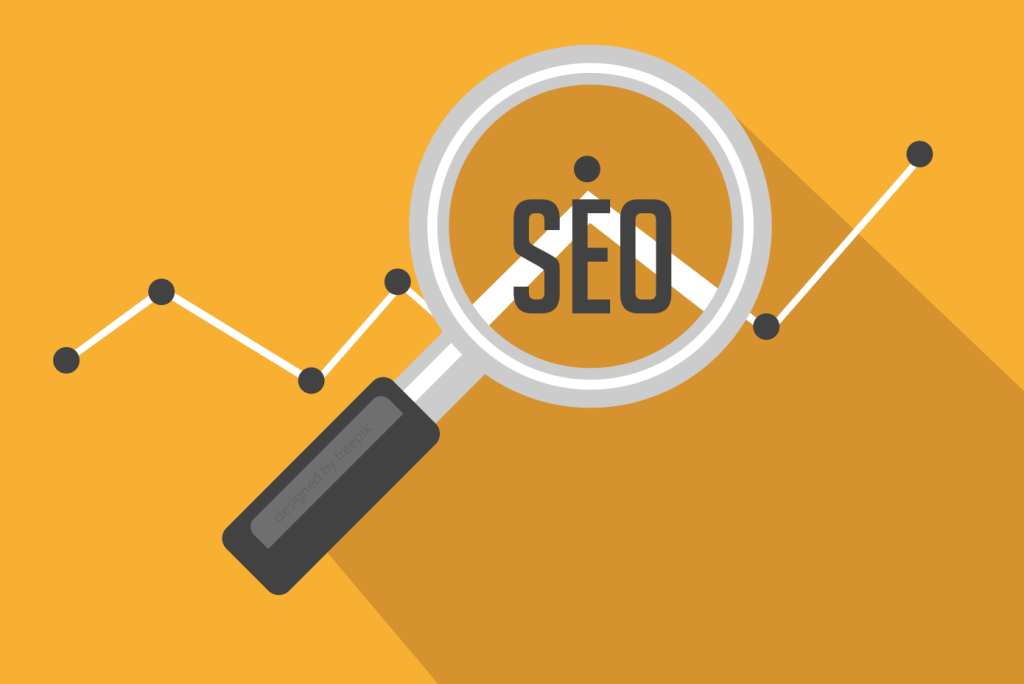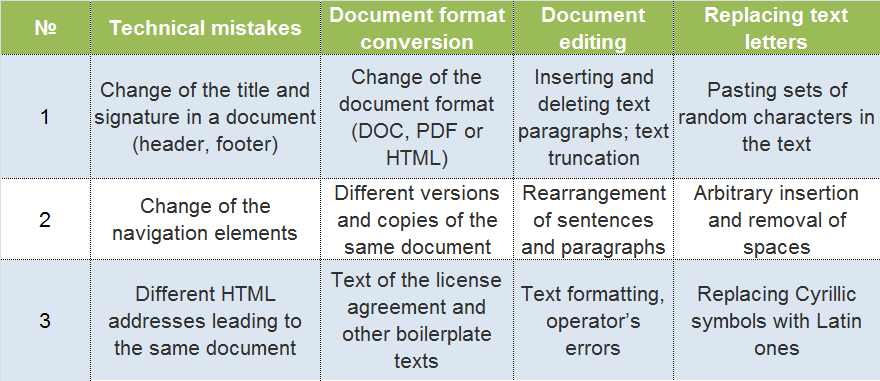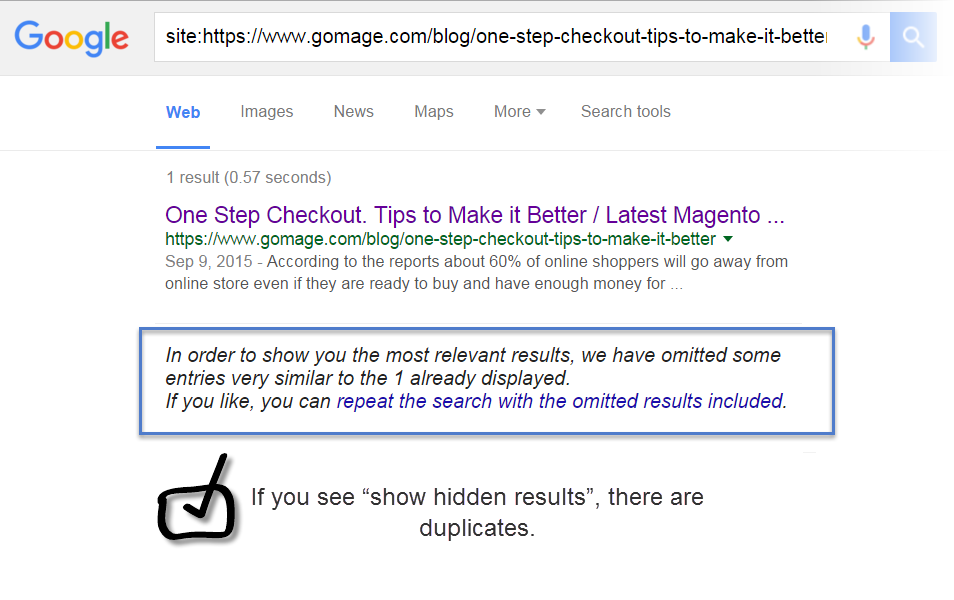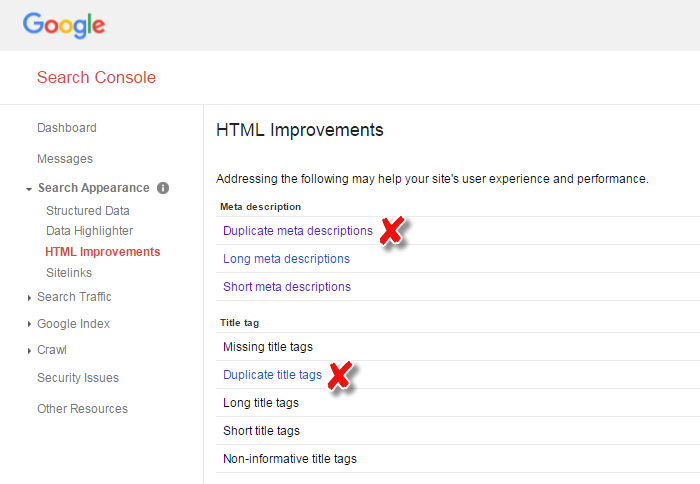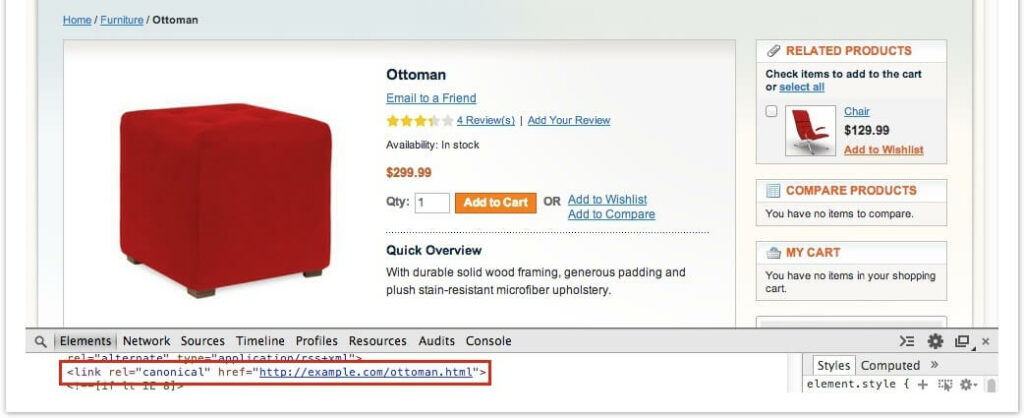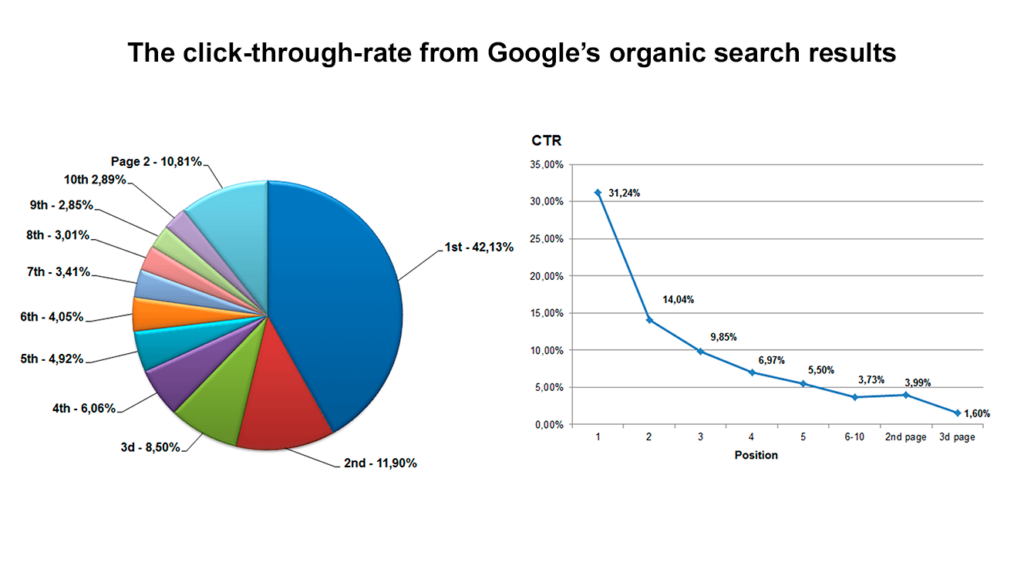Search engines play a huge role in e-commerce. On the one hand, they dictate “the rules of the game”, but on the other hand, they give a lot of opportunities.
In this article, we’d like to review some basic information about Search Engines Optimization (SEO) of eCommerce product pages in Magento ® online stores. Most of the SEO advice will be clear for merchants who are not SEO specialists, so they can even implement some changes by themselves.
Ecommerce Product Pages SEO Advice
Google, Bing, and other search engines have a very complex algorithm for websites ranking. There are more than 200 parameters which are taken into consideration and, of course, this information is not revealed. One of the main factors is the content of a website which includes texts, pictures, videos and other files. Google and other search engines prefer the content to be unique, so all types of content are compared during the ranking.
Duplicate Content
Duplicate content is very harmful and can have a negative impact on rankings. Google started meticulously checking for duplicate and thin content in February 2011, when the first Panda algorithm was launched. The ideal website for Google and for other search engines must have 100% unique content. Search engines consider text as a combination of words, so by unique content they mean unique word orders.
It is hard to say how many words in a sequence are checked as there are a lot of set phrases which are taken into account by search engines, but in any case, duplicate content is content which repeats absolutely or approximately the same combination of words. Duplicate content can be found on one website or it can be recognized as the content copied from some other sites.
You can find some reasons for duplicate content within one website in the table.
Most of the problems with duplicate content within a Magento ® online store can be solved by the implementation of SEO Extension developed by GoMage. This extension can do all the work with rel=”canonical” – automatically duplicated pages, which is described below.
Magento ® e-commerce platform has many specific features.
GoMage is an expert in Magento ® and we know all the peculiarities of Magento ® online stores. So, our experience and competence allow us to create the most effective SEO extension for Magento ®.
How to Find the Duplicate Content in Your Online Store
One simple method is to use Google search.
Pay attention to the first site in the search results. This site is considered as the primary source by Google which means that other resources copied content from there. This can happen if the same article is published on social networks and on the website at the same time. Social networks are indexed faster and Google thinks they are the primary source. It is better to only publish unique content on all resources or wait for Google to index the necessary page on the website and then publish the content on other resources.
Also, it is possible to analyze duplicate content using Google Webmaster Tools. In the “Search Appearance” section, go to ”HTML Improvements” and you can see duplicate meta descriptions, long and short meta descriptions and duplicate title tags.
Also, you can use special online tools to check your text for plagiarism. Most of them allow you to check 1000 – 5000 characters in the text for free, by pasting them into a special box. A lot of additional services are provided online, as well. Visit such websites as Plagium, Copyscape Premium, Virante Duplicate Content, CopyGator, Plagiarisma.net, Small SEO Tools, and, of course, you can ask Google and try to find other resources.
If you find duplicate content it is better to remove or replace it. If it is not possible and the text should remain unchanged, then you can do the following.
Noindex. This tag in the code of the page informs search engines that this specific page should not be indexed. Very often there are blocks of text that are very difficult or even impossible to make unique. These can be instructions on how to set up some equipment and so on; menu items have the same names and the same words are used for description, or it is necessary to insert quotation of a legal document and optimization of this text is not appropriate.
Such text blocks must be closed for indexing by noindex tag.
One more method to avoid such duplicate content is using “Disallow” in Robots.txt. It is used to forbid indexing of some pages if they are placed in certain directories. For example, if you want to close for indexing the Ecommerce product pages or category views you can put them in robots.txt file:
- Disallow: /catalog/category/view/
- Disallow: /catalog/product/view/
“rel = canonical” tag. In online stores, the same content can be placed on different pages with different URLs. The product page shown in the search results can be different from the product comparison page. Very often in blogs, several URLs are created automatically if the same material is placed in different categories. If you have such a group of pages which are duplicated and can’t be closed using robots.txt, you can specify the page which should be indexed and shown in the search results. This will be the canonical page. You need to distinguish it along with other variants of this page by using the rel=”canonical” tag.
Content is taken from Manufacturers’ Websites
It is a huge mistake to take the Ecommerce product pages descriptions from a manufacturer’s website and publish them in your online store. For the search engines, it is plagiarism. Such product description with pictures which are also taken from the manufacturer’s website is absolutely acceptable for the visitors of the online store, but for the search engines, this is duplicate content for which the online store can be penalized. So, never use “Copy/paste” approach to creating the content of your online store.
Keywords
Keywords are a group of words or a small sentence that identifies the page content. Keywords are also entered by site visitors in the search query in order to find what they need. The phrase that is entered in the search box is called a keyword. Nowadays, we have a very high level of competition that is why we can recommend using long-tail keywords. It is a low-frequency request and it makes it easier to achieve Top 3 in Google. Clients who use long-tail requests exactly know what they need, so the page optimized in such a way is much more likely to attract a lot of potential customers.
Links to Other Websites
If you have not reached the TOP 3 position in Google, all links in your online store must be closed with rel=”nofollow”. Google and other search engines consider each link as a vote for a certain page and it is really harmful to your online store because it makes your site “weaker”. When you add html attribute rel=”nofollow” you stop voting.
Summary or Short List of Tips for the Content of Online Store Product Pages
- The content must be unique. For the TOP 3 in Google, there should be as much unique content as possible. Remember that images and videos are also the content of the site and Google and other search engines can compare them.
- The text should be useful and professional, use the tables, figures and professional expressions when it is appropriate. Use the name of your online store or the brand name in the text. Avoid grammatical and punctuation mistakes.
- The size of the text should be 2000-3000 characters. Google doesn’t like too long texts. In order to create a comfortable pace for the visitors, it is enough to give a short description of the product, and the detailed information with longer text can be located in a separate tab on the page.
- Always use keywords in the text, but only where it is appropriate. The keywords density should not exceed 3%. There should be links to the previous articles if it is appropriate. Also, it is useful to add unique images and videos with titles and ALT tags. Remember that Google can compare visual content. If you change the brightness and contrast in Photoshop, this will not make the image unique. You can check it for uniqueness by using Google image search.
- Try to use the main keyword in the first and last 100 words of the article.
- The article should consist of paragraphs, numbered lists, which makes it easy to read. Use bold text only when it is required by the meaning of the words.
- <title></title>. Use the key request in the title when you promote a certain page. <title> should be different from <h1> and <h2>. <h1> and subheading <h2> can also include the key request if it is possible to paraphrase it. Start <title> with a keyword, make it unique to your site and don’t copy it from your competitors’ websites. The maximum length of the text in <title> is 60-70 characters.
- meta name=”description” tag. The description is mainly used for improving CTR. It discovers what the visitors should expect from this website on the search results page. The description should be relevant to the key request. It is important to use call for an action here: Buy! Use! Click!, etc. The maximum length of the text in the description is 120 characters.
Google Traffic Distribution Statistic
On the picture below you can see how Google traffic is divided between the first positions in search results. That means that about 42% of visitors click on the first position in Google search results. About 12% of visitors click on the 2nd place and 9% of visitors click on the 3d position. The positions after the 3rd place don’t generate much traffic to the website at all.
imagine a situation that, after optimization of the online store content, Google improves your position in the search results from 60th to 20th place. It is possible, and correct changes in the text can give quick results. You can expect to increase search traffic. Because the main traffic is distributed between the first three positions, you will not see significant changes.
A successful online store requires a comprehensive marketing plan and professional SEO campaign. We hope that our recommendations will help you to do some of the work on your own and to cooperate with SEO experts more effectively.

